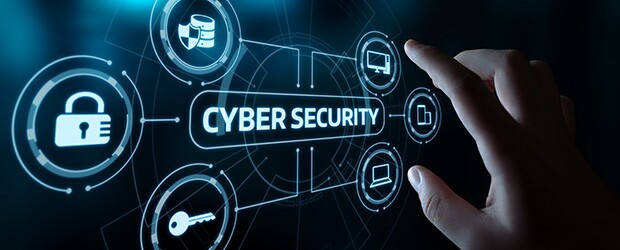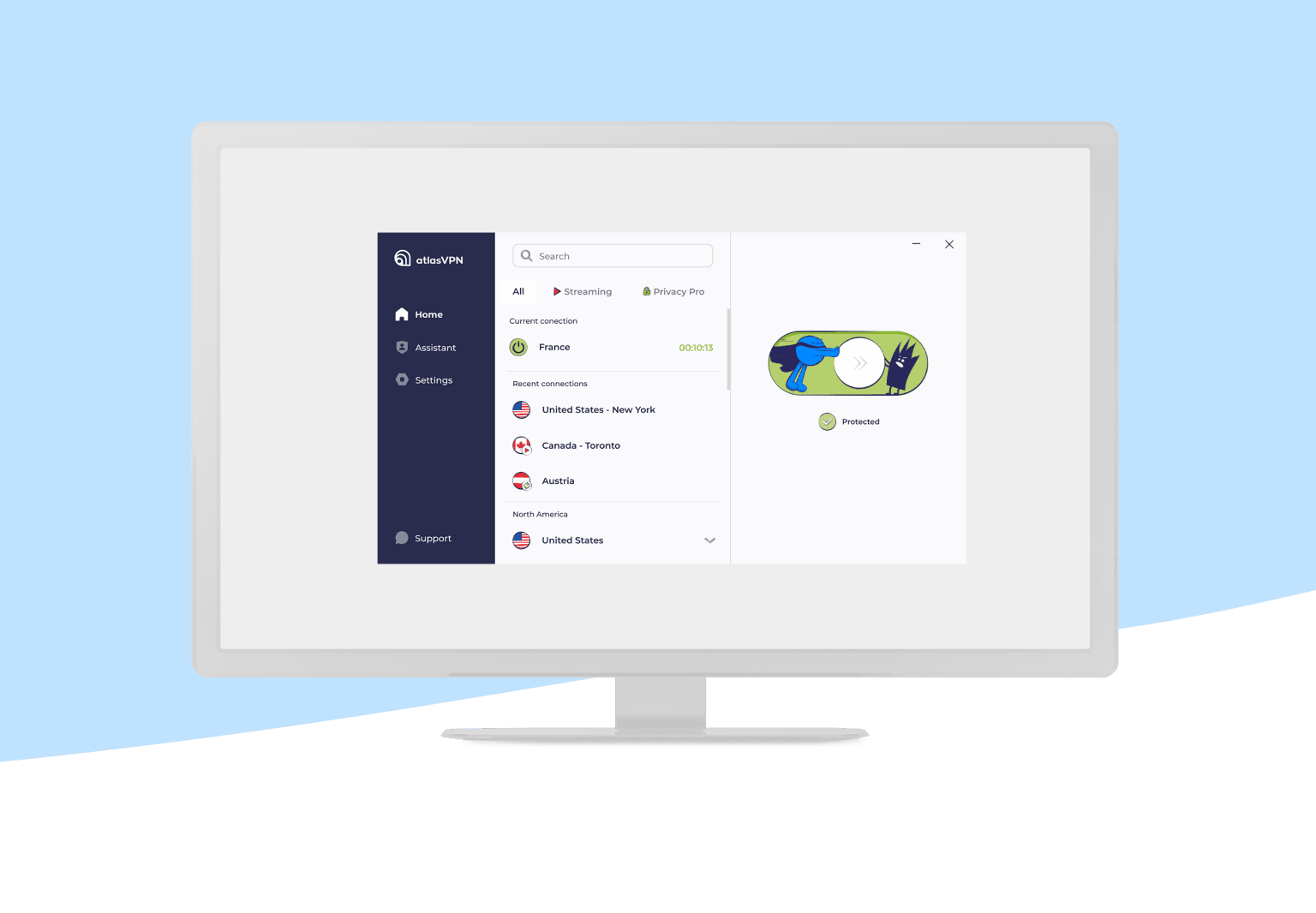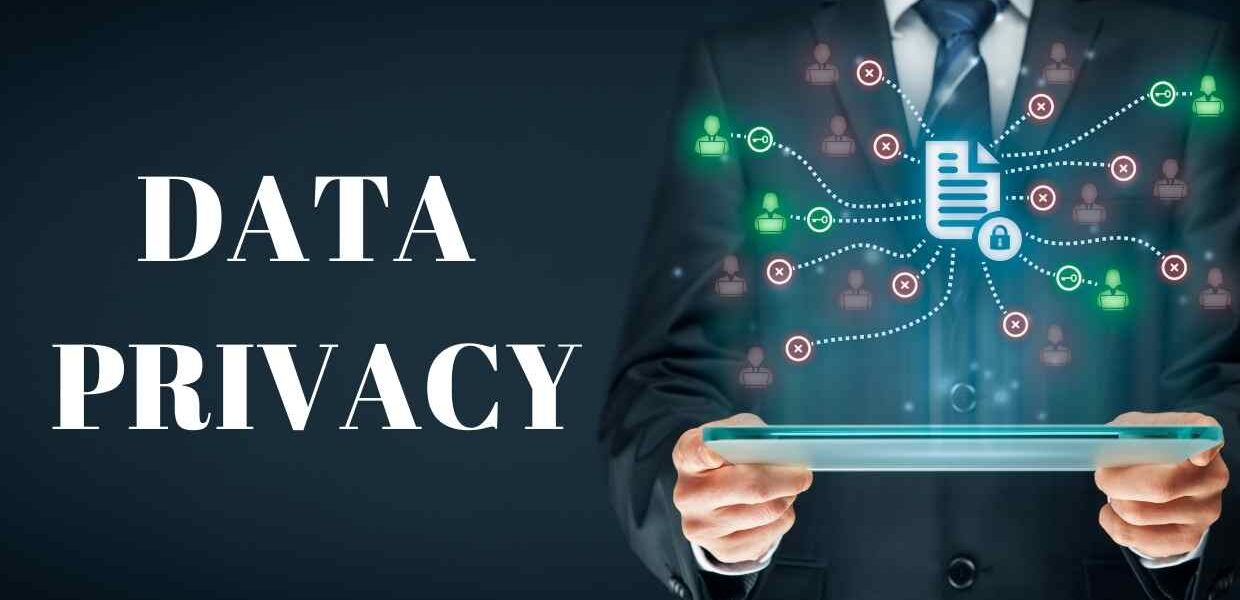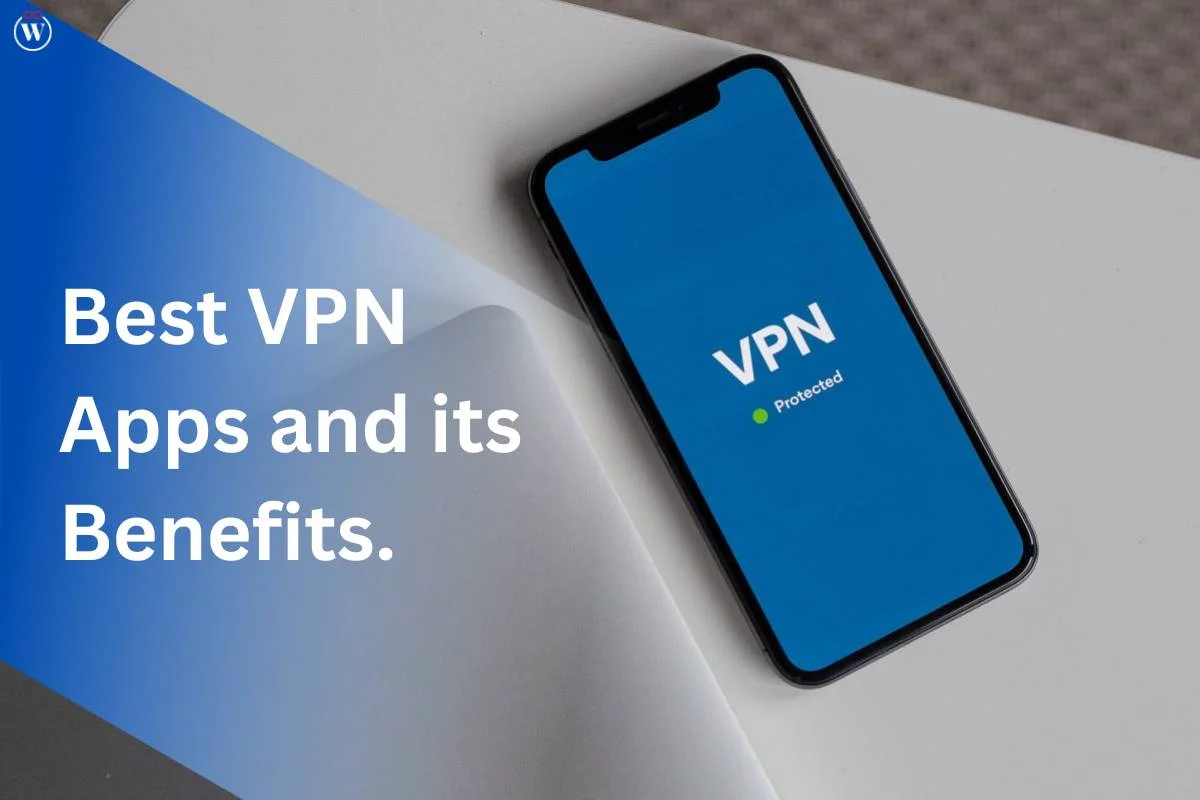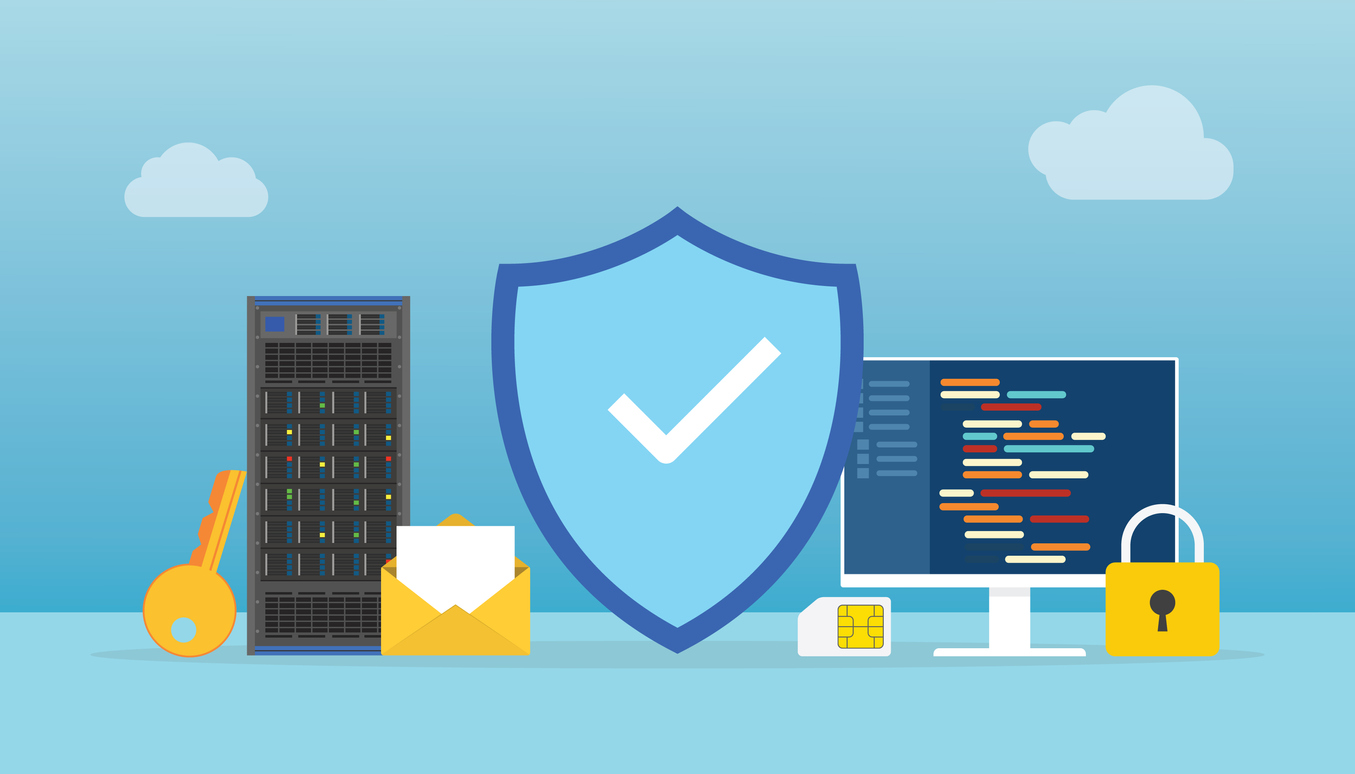Describing the Technology in Education and Learning
Technology in Education and Learning technologies are transforming how students interact with educational content.
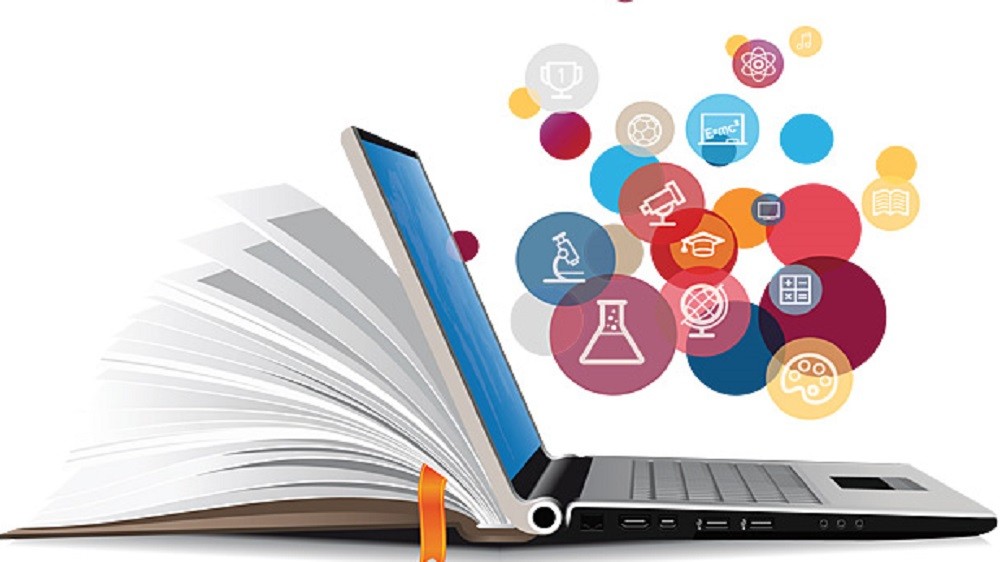
In today's rapidly evolving world, technology in education and learning has become an indispensable part of our daily lives. From smartphones to smart homes, we are surrounded by innovative technology that has revolutionized the way we communicate, work, and even learn.
The integration of technology into education has opened up new horizons for both students and educators, transforming traditional classrooms into dynamic and interactive learning environments.
In this blog post, we will explore the multifaceted role of technology in education and learning, highlighting its benefits, challenges, and the exciting potential it holds for the future.
The Evolution of Technology in Education and Learning
Education has always been a cornerstone of human development, but the methods of imparting knowledge have continuously evolved over the centuries.
The introduction of the printing press in the 15th century, for instance, made it possible to disseminate knowledge more widely through books and other printed materials.
However, the real game-changer in recent history has been the digital revolution, which has brought forth a plethora of technological tools and platforms that are reshaping education in profound ways.
Access to Information and Resources
One of the most significant advantages of technology in education is the unprecedented access to information and educational resources. The internet has become a vast repository of knowledge, where students can explore a wide range of subjects, conduct research, and access digital libraries from the comfort of their homes. This democratization of information has eliminated geographical barriers and provided learners with an abundance of learning materials.
Personalized Learning
Technology has also enabled personalized learning experiences. Educational software and platforms can adapt to individual students' needs and abilities, offering tailored lessons and exercises. This personalized approach helps students learn at their own pace, reinforcing their understanding of the material and addressing their specific learning challenges.
Interactive Learning
Traditional lectures and textbooks are increasingly being augmented or replaced by interactive multimedia elements. Educational apps, online simulations, and virtual laboratories allow students to engage with the subject matter in a hands-on and immersive way. This not only enhances comprehension but also makes learning more engaging and enjoyable.
Collaborative Learning
Technology has transformed the way students collaborate on projects and assignments. Online collaboration tools, video conferencing platforms, and shared documents enable students to work together regardless of their physical location. This fosters teamwork, communication skills, and cultural diversity awareness, preparing students for the globalized world.
Flexibility and Convenience
With the advent of online learning platforms and Massive Open Online Courses (MOOCs), education has become more flexible and accessible. Students can now pursue higher education or acquire new skills while juggling work, family, or other commitments. This flexibility is particularly beneficial for adult learners seeking to upskill or change careers.
Assessment and Feedback
Technology has also improved the assessment and feedback process. Computer-based testing and automated grading systems can provide immediate feedback to students, allowing them to identify their strengths and weaknesses. Educators can use data analytics to gain insights into student performance and tailor their teaching methods accordingly.
Challenges and Considerations
While the integration of technology in education offers numerous advantages, it also presents challenges and considerations that must be addressed to ensure its effective and equitable implementation.
Digital Divide
One of the most pressing issues is the digital divide. Not all students have equal access to the necessary technology and high-speed internet connections. This inequality can exacerbate educational disparities, with students from disadvantaged backgrounds being left behind.
Privacy and Security
The collection of student data by educational technology providers raises concerns about privacy and security. Schools and institutions must prioritize data protection and establish clear policies to safeguard students' personal information.
Teacher Training
Effective technology integration requires teachers to be proficient in using digital tools and platforms. Providing educators with the necessary training and support is crucial to maximize the benefits of technology in the classroom.
Digital Literacy
Students must develop digital literacy skills to navigate the digital landscape responsibly. This includes critical thinking, information evaluation, and ethical online behavior. Incorporating digital literacy into the curriculum is essential.
Overreliance on Technology
While technology is a valuable tool, it should not replace the fundamental role of educators. Striking a balance between traditional teaching methods and technology is essential to maintain a holistic educational experience.
The Future of Education and Learning
As technology continues to advance at an exponential rate, the future of education and learning holds immense promise. Here are some trends and developments that are shaping the educational landscape:
Artificial Intelligence (AI) and Machine Learning
AI-powered educational platforms can provide real-time insights into student progress and suggest personalized learning paths. Machine learning algorithms can analyze vast amounts of data to improve educational content and outcomes.
Virtual and Augmented Reality (VR/AR)
VR and AR technologies are transforming how students interact with educational content. Virtual field trips, immersive simulations, and 3D modeling offer experiential learning opportunities that were once unimaginable.
Blockchain for Credentials
Blockchain technology is being explored as a secure and transparent way to verify and share educational credentials. This could revolutionize the way employers and institutions handle qualifications and certifications.
Gamification
Gamification techniques, such as using game elements in educational content, can make learning more engaging and motivating. Educational games can help students develop problem-solving skills and enhance retention.
Global Online Collaboration
Technology in Education and Learning enables students from around the world to collaborate on projects and share diverse perspectives. This global connectivity fosters cultural awareness and prepares students for an interconnected world.
Technology has become an integral part of education and learning, reshaping how we acquire knowledge and skills. Its transformative power extends from providing access to information and resources to enabling personalized and interactive learning experiences.
However, it is crucial to address challenges such as the digital divide, privacy concerns, and the need for adequate teacher training to ensure that technology benefits all students equitably.
As we look to the future, the role of technology in education will continue to evolve, driven by innovations in AI, VR/AR, blockchain, and gamification.
Embracing these advancements while maintaining a balanced approach to teaching is key to preparing students for success in a rapidly changing world.
Ultimately, technology in education has the potential to unlock new levels of creativity, collaboration, and knowledge acquisition, empowering learners of all ages to thrive in the digital age.
What's Your Reaction?








